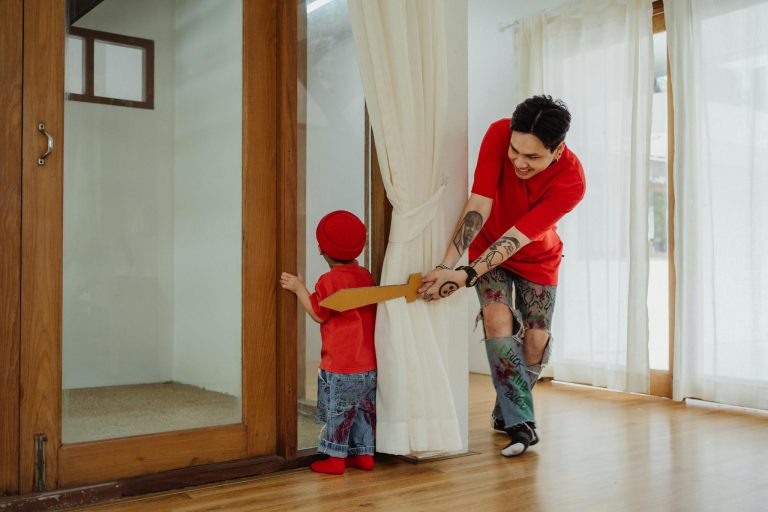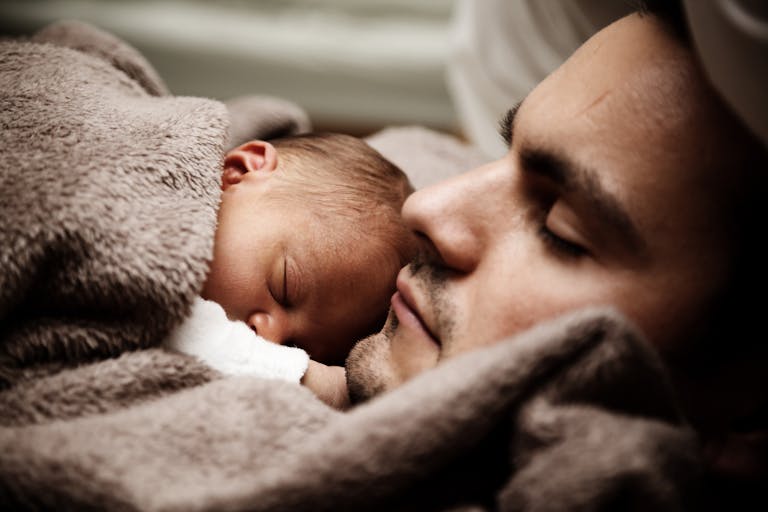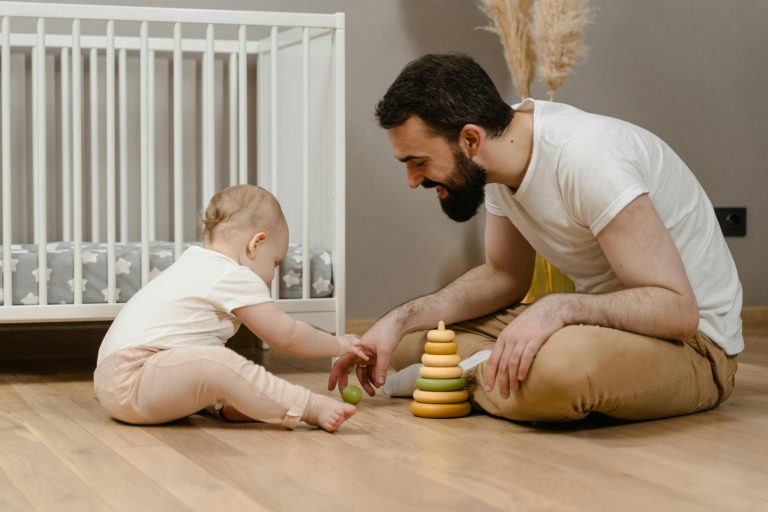I didn’t even know what a febrile seizure was—until it happened to us.
It started out like many other toddler days. My one-year-old was his usual curious, chaotic self—playing, snacking, exploring. Around 2pm, I noticed he felt warm. Not feverish, exactly, but warmer than usual. I took his temperature: still under 100.4°F. No fever, technically. Our doctor had advised not to medicate unless it was a true fever, so we held off.
By 4pm, his temperature crept up to 102°F. We gave him Tylenol and monitored him closely. The medicine seemed to help—his temp dipped just enough for us to feel like we were in the clear.
At 7:30pm, we put him to bed. He was tired, but not unusually fussy. Just… off. I was relieved he managed to fall asleep and get some rest.
At 10pm, everything changed.
He had a seizure.
We called 911.
The seconds felt like hours.
Time bent, stretched, collapsed in on itself.
The ambulance arrived. By then, the seizure had passed. He was breathing. Dazed. Crying. The paramedics explained it was likely a febrile seizure—a convulsion brought on by a sudden spike in temperature. Common in toddlers. Still terrifying.
At the ER, they administered fever-reducing suppositories and gave us a cold, damp towel to place on his body to bring the fever down. He kept crying. The doctor told us that wasn’t unusual—the experience of seizing may have been frightening for him too. About an hour later, he finally calmed down and fell asleep in my wife’s arms.
Once his temperature stabilized, we were discharged and headed home.
What I’d Do Differently
If you’ve never experienced this, I hope you never do. But if you’re reading this now, trying to prepare or recover from a similar scare, here’s what I wish I’d known:
Have a forehead thermometer on hand
We used a rectal thermometer for accuracy, but I skipped rechecking his temp at bedtime because I didn’t want to wake him. In hindsight, a forehead or no-touch thermometer would’ve let me monitor him gently while he slept.
Keep both Tylenol and Motrin in the house
We only had Tylenol. Under guidance from your pediatrician, rotating Tylenol and Motrin can sometimes manage fevers more effectively. I also recommend having both liquid and suppository forms—especially helpful when your kid won’t take medicine or is too upset to swallow.
Trust your gut—but know your tools
We didn’t ignore anything. We followed the guidance. But I’ve learned febrile seizures often come from how fast a fever rises, not just how high it gets. That distinction might have helped us respond sooner—or at least understand the risk better.
That night was one of the scariest of my life.
But we got through it.
And I’m writing this for the dad—or mom, or caregiver—who may find themselves in the same spot.
You won’t always be able to prevent everything.
But you can be prepared.
You can learn, adjust, and stay present through the uncertainty.
Presence, not perfection.






